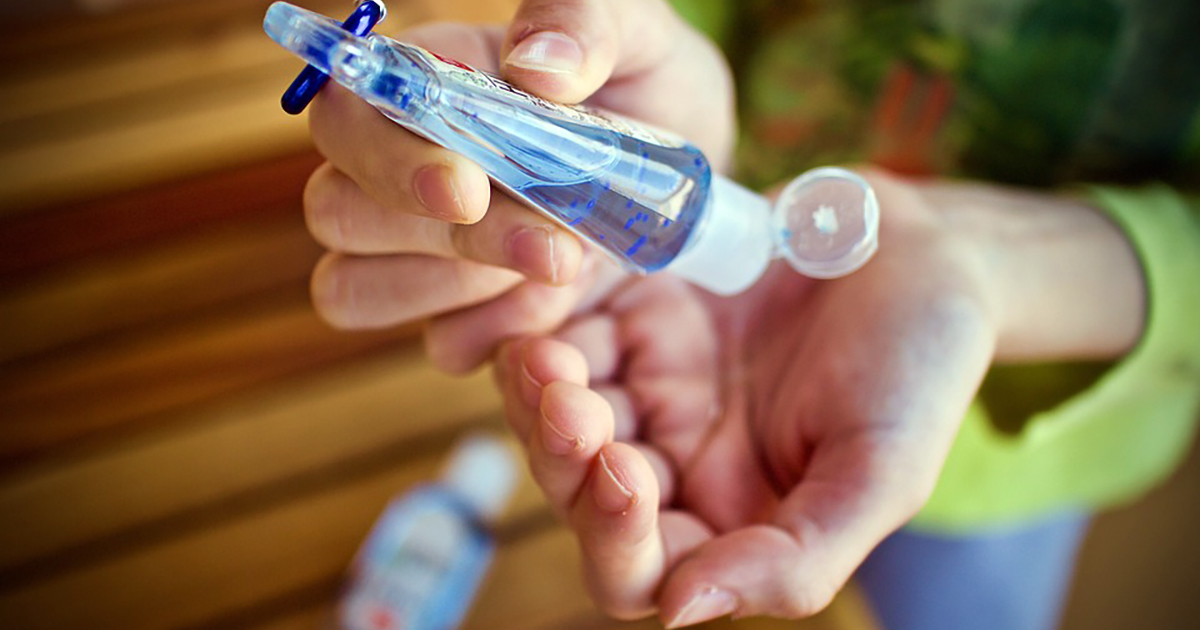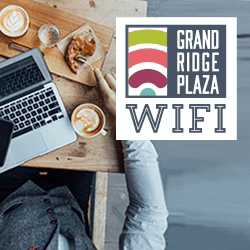
This is the sixth installment of this series documenting a 12-month community preparedness journey.
Let’s take care of the sanitation and hygiene part of our emergency kits this month. This is usually low on the list when people think of what they need in an emergency. But one thing the past few years has taught us is the importance of simply washing our hands!
Sanitation and hygiene needs will fluctuate depending on the severity and length of the emergency you experience. A day-long power outage will barely affect you, while a months-long event could be catastrophic.
Flushing toilets, clean running water, sewage treatment and garbage service are just a few of the luxuries most people in the West take for granted. We don’t regularly think about how easy it is for us to wash away germs, and how horrific (and dangerous) it would be without a flushing toilet. Outside of a few camping trips here and there, most of us have never gone without.
If we experience a natural disaster or emergency that affects these systems, our hygiene will plummet drastically, causing a cascade of serious problems. Prioritizing this part of our kit helps avoid potential skin issues, infections, disease and even death. We should never underestimate the importance of adequate sanitation.
The first thing you should focus on is how to keep your hands clean. Sanitizing them before preparing food, after going to the toilet, and any time you come into contact with viral or bacterial threats is the best way to prevent illness and disease. Setting up a hand washing station right away should be a top priority. As I mentioned in a prior article, you should have a plan for storing water for this purpose. You will also need antibacterial bar soap, antibacterial hand wipes and hand sanitizer. It’s also smart to store nitrile gloves for another layer of protection when dealing with extra risky situations.
Coming in a close second is having a plan for dealing with household wastewater/sewage. While you can continue to use your home toilets, this would require a lot of extra water. My family opted for a portable toilet. You can purchase one ready-made or put it together yourself.
To make it yourself, you will need:
- 5-gallon bucket w/ metal handle
- 5-gallon bucket toilet seat w/ lid
- Leak proof waste bags
- Clumping kitty litter
- Toilet paper
- Hand Sanitizer
- Antibacterial wipes
- Nitrile gloves
- Optional: Portable toilet deodorizer
You can store everything within the bucket until needed. When ready, use the metal handle to hold the toilet paper roll and place a bag inside. Pop on the toilet seat, then put a small amount of litter and deodorizer in the bottom. Every time it’s used, pour in more of each. You can choose whether to remove waste as you go or wait until it’s full. Be sure to wear gloves and keep it clean. (And there you have it. The least fun part of preparedness is out of the way!)
Next, focus on oral hygiene. Slacking off in this area can result in a dangerous situation. I used to be a dental assistant, and let me tell you, I’ve seen how just a few months of inadequate brushing and flossing can cause all kinds of oral and systemic health issues. The last thing you want while facing an emergency is tooth pain, especially if a dentist isn’t immediately available. Make sure to stock up on toothpaste, floss and mouth wash (and use them diligently).
Add items to keep your body and hair clean as well. Dirt, sweat and germs can create a breeding ground for infection and disease. These items will help keep your group healthy:
- Solar shower bag
- Soap and shampoo (standard and no rinse options)
- Body/baby wipes
- Deodorant/antiperspirant
- Optional: pop-up shower shelter
My family has individual hygiene kits that I can adjust depending on their needs and preferences. Start with the basics listed above, then add things like feminine hygiene products, hair ties, nail clippers/files, combs, chapstick and lotion. Personalization can lift the spirits as well. For example, choose a favorite character for your child’s toothbrush or pop in some xylitol gum and lip balm for your older kids.
And last but not least, trash. You know how fast it piles up after a big storm? I can only imagine how bad it will get during a disaster. After realizing how much my family was producing, we decided to do a trash audit. Boy was I embarrassed! But it gave me the information I needed to reduce ours, which will only help in the event of an emergency.
Be sure to stock up on heavy duty bags that can’t be easily torn in order to reduce the havoc little critters can cause.
I hope these tips help you with your sanitation and hygiene plan. Join me next time for ideas on how to organize and add important documents to your kit. See you then!
Johnna Masterson is owner of Inspired and Organized, and a Central Park resident.





